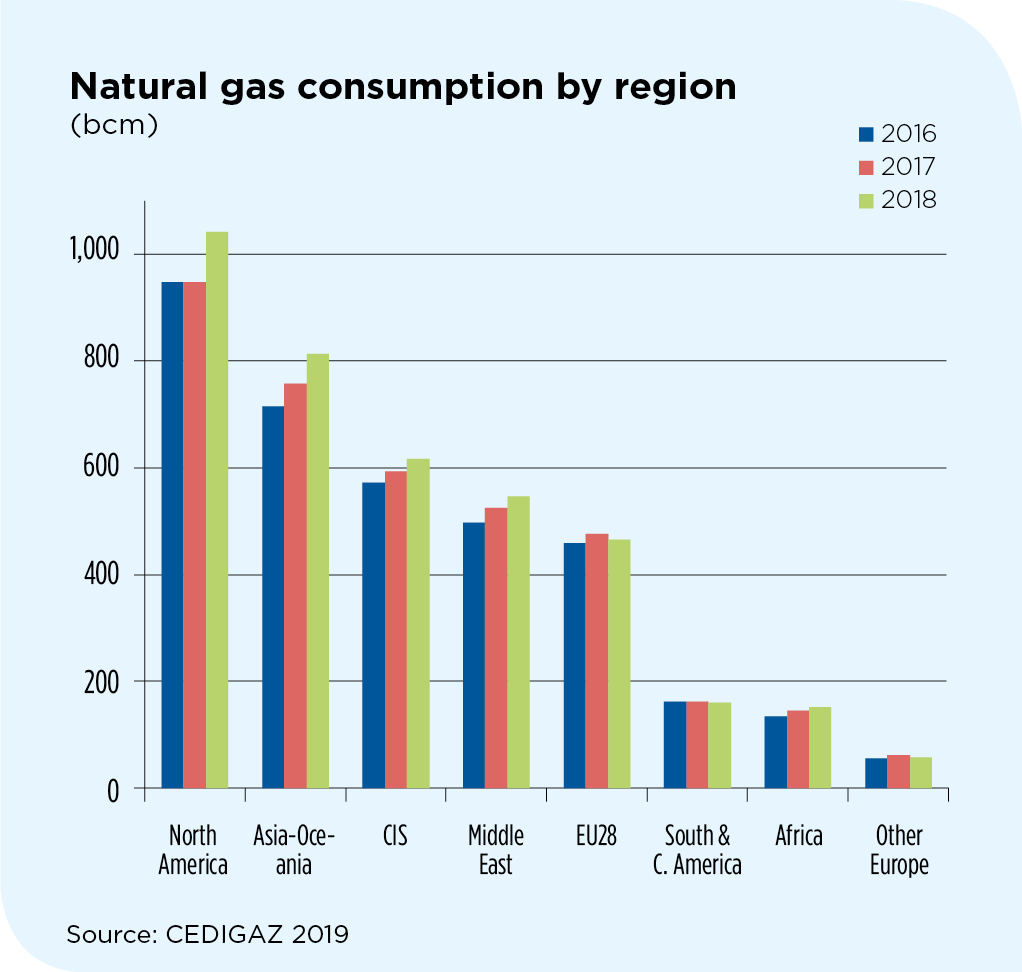According to a new report by CEDIGAZ, CCUS is coming back into the limelight, especially in the US and in Europe, in the wake of the Paris agreement, boosted by a growing interest in hydrogen, rising carbon prices, new supporting policies and new business models.
There are currently 20 new, large-scale, CCUS projects planned around the world, nine of them in Europe. While projects developed in the middle of the 2000s mainly targeted coal-fired power plants and stored the captured carbon, the focus of the new projects is different as they tend to concentrate on industrial and manufacturing processes and on carbon utilization rather than just storage. Several projects involve production of clean hydrogen from natural gas, a cheaper option than hydrolysis using renewable power. New business models aim at reducing costs by dis-integrating the CCUS value chain into its three components of capture, transport and storage, and by addressing clusters of industrial facilities to achieve economies of scale.

 According to CEDIGAZ report “The Global Gas Market – 2019 Edition”, 2018 has been a remarkable year for the global natural gas market.
According to CEDIGAZ report “The Global Gas Market – 2019 Edition”, 2018 has been a remarkable year for the global natural gas market.